
March is the month when we get the chance to observe the elaborate displays of the male Great Bustards (Otis tarda) as they attempt to dazzle the smaller females. The females appear unimpressed but they keep a close watch, measuring and comparing the different males before deciding with whom to mate.

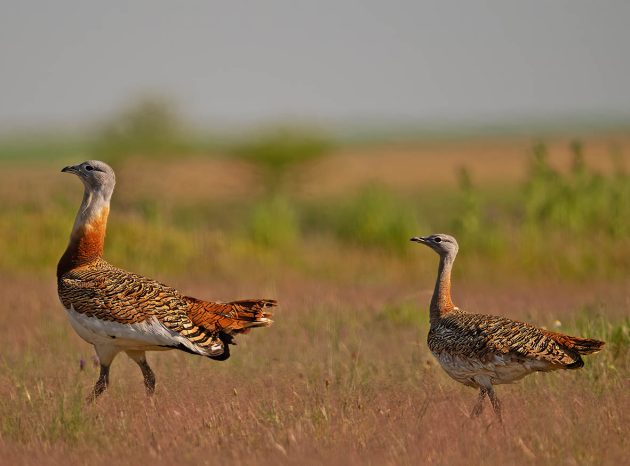
Not so long ago, I could go and find the last remaining Great Bustards in south-western Europe, in the fields surrounding the old lake of La Janda. Alas they are gone, having disappeared as a result of hunting and habitat loss, the last ones simply dying out because they were few and isolated.

Luckily, we can still observe the Great Bustards further north in Spain. The plains around Caceres and in La Serena, in Extremadura, are favourite sites for birders to go and see them in good numbers but my favourite site is even further north, around the lake of Villafafila, Zamora, in north-western Spain. With some 3,000 individuals in a relatively small area, you just cannot miss them. With telescopes you can sit quietly along country roadsides and observe the wonderful lekking displays which take place in the early hours, after sunrise.
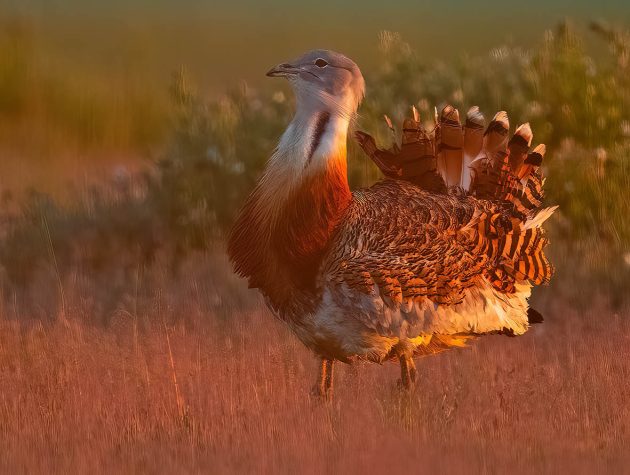
Photographing them is another matter altogether. You have to enter your hide in the dark and then it’s a matter of sit-and-wait. The problem is that the leks are not in the same location from one day to the next. The temperamental males choose to do their dance in different parts of the same field, or even different fields. The females follow. I have had great days and awful days trying to photograph them. The mornings can be freezing in the hide but you can melt in the afternoon heat, stuck inside a small box.

Some days I have had male Great Bustards, frustratingly displaying a few feet from me but to the right or left of the hide where there wasn’t much I could do to photograph them. Choice of lenses is also a problem. Sometimes the lek is a couple of hundred metres away, other times the birds are so close that you quickly need to adjust and get a short lens on the camera. With luck the birds won’t have moved away by the time you’re ready.
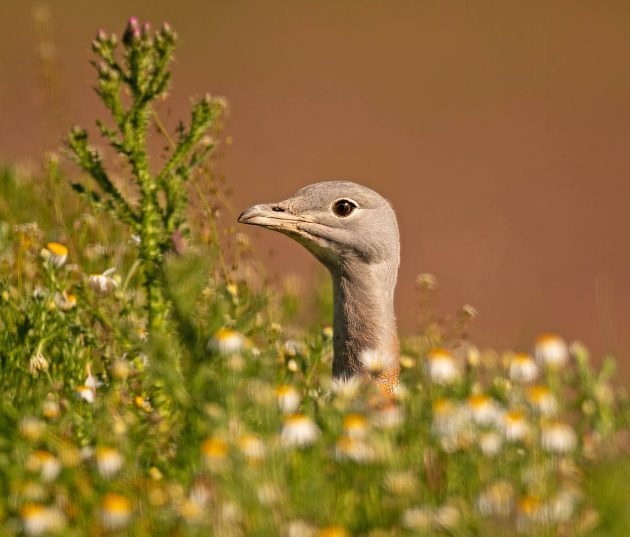
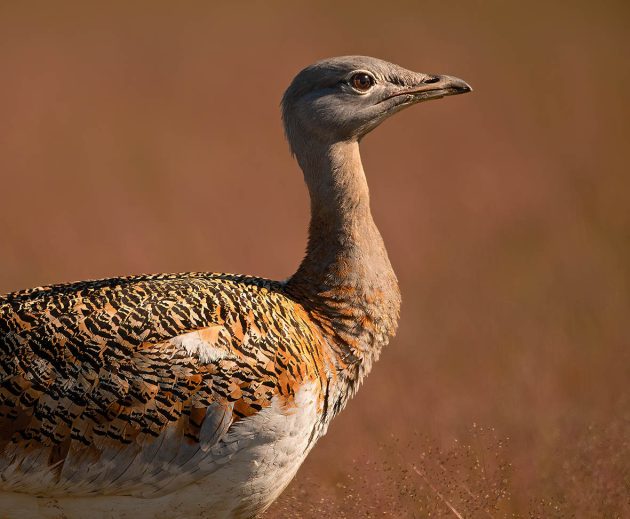
All that said, when they perform, the Great Bustards lekking are something special, comparable with the elaborate dance of the male Capercaillies (Tetrao urogallus). It is wonderful to observe. If they decide to oblige and lek in front of you in the wonderful early morning light, then all the hours and days with missed opportunities are quickly forgotten. I hope you like the photographs that try to do justice to the fleeting and ephemeral phenomenon that is the lek of the Great Bustard.
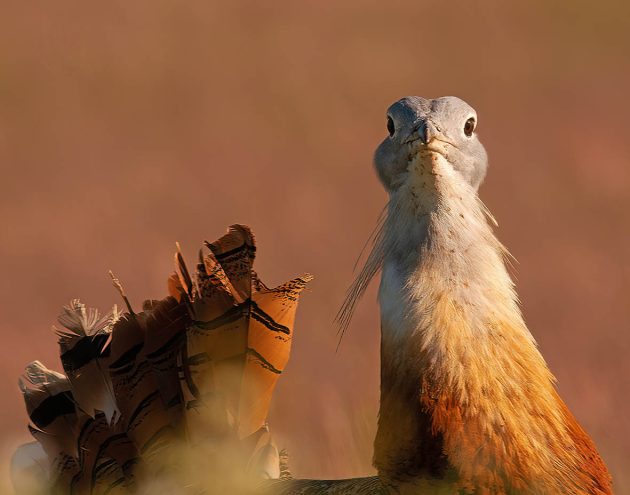
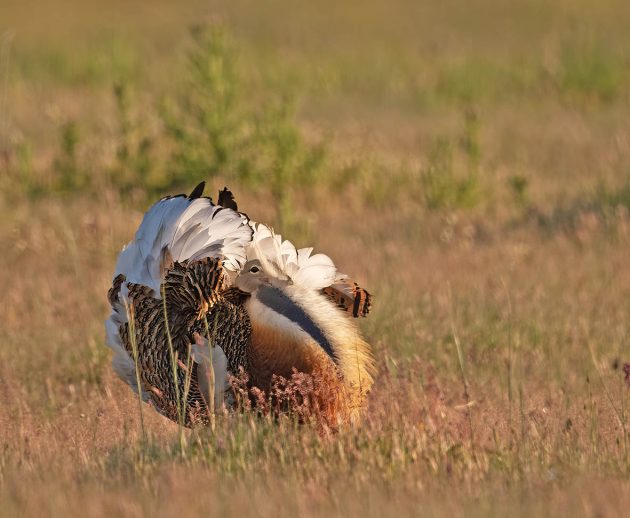




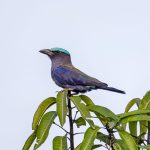

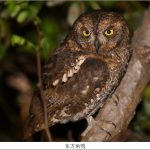
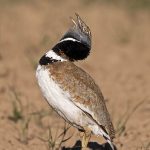

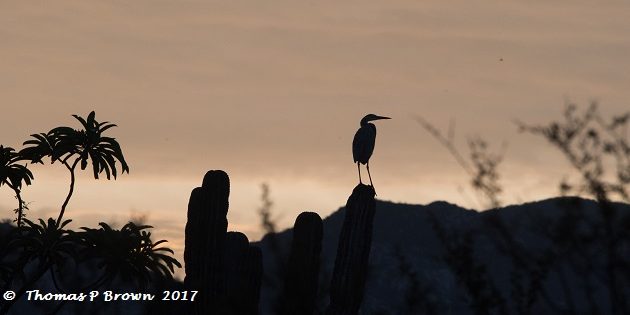
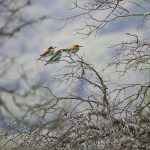
That penultimate picture is fantastic – it really shows the character of these birds.
Having just spend a day in Extremadura looking (with success) for Great Bustards I much enjoyed this piece. Alas, our birds were all too far to take decent photographs of them, but they were great to see, but a real challenge to find. I’ve been to Zamora in the past, where they are much easier to find, but not so exciting. Great pictures, Clive.
Thanks for persevering and bringing us these splendid photos!